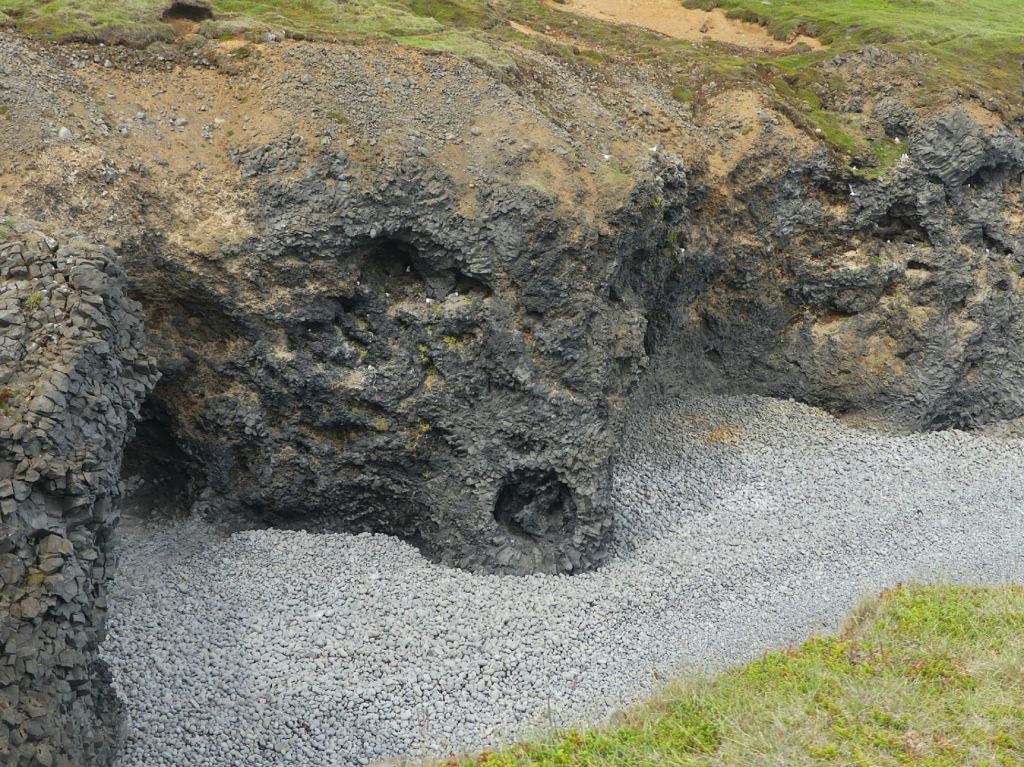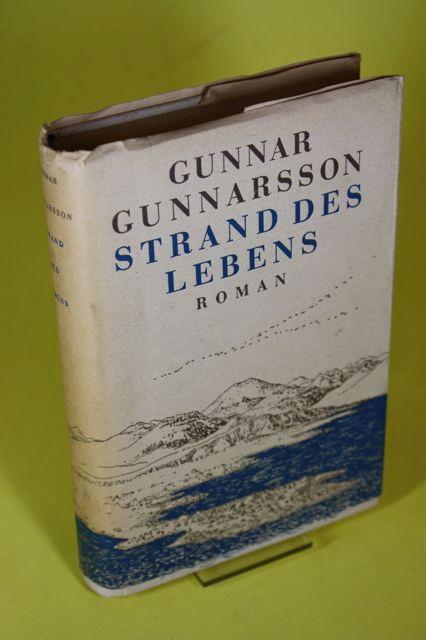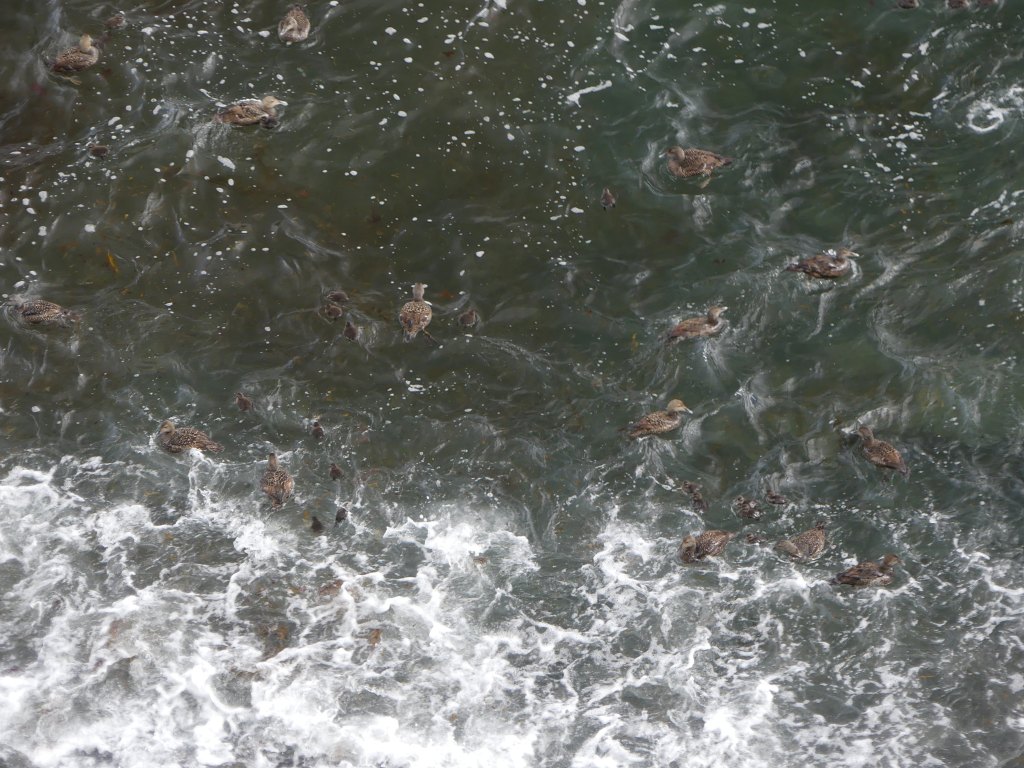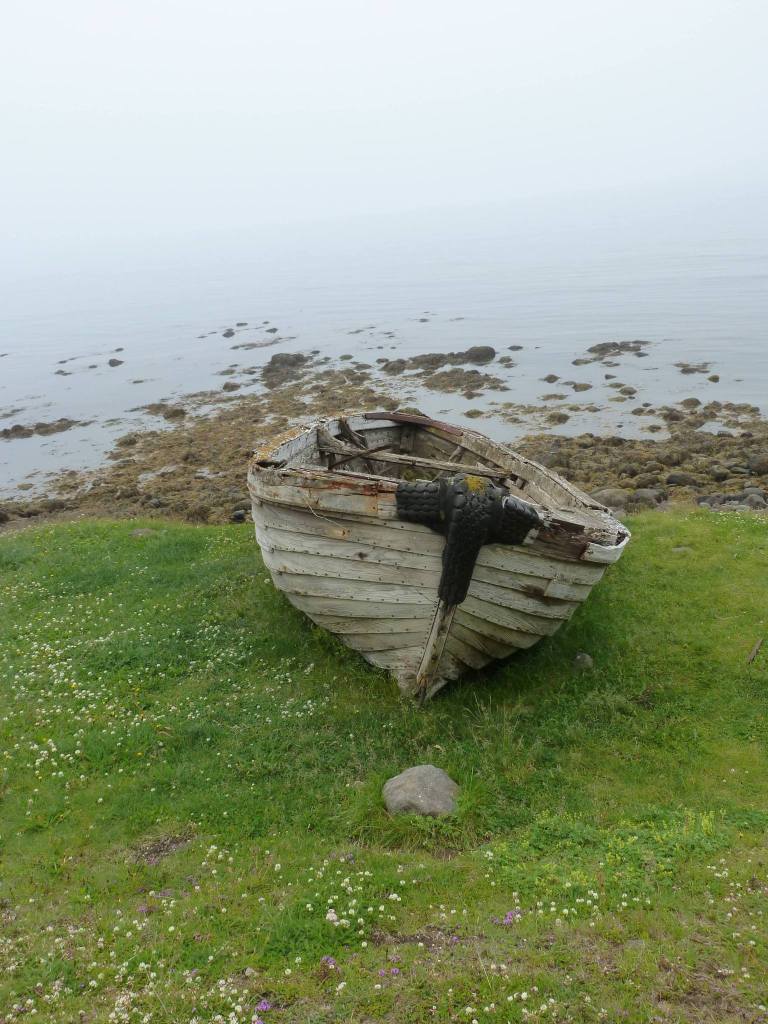This fall, I will be completing a guide for poets, readers and writing teachers, to illustrate the techniques of my new book Landings: Poems from Iceland and guide you into its language. This is ecological poetry, in many forms. I’d like to share a draft of one of these introductions with you today. This one is for my poem, The Way Home. I’m hoping this guide will help pass these techniques on and illustrate some old techniques of poetry in new love poems. Each gives some background to the poem, discusses some of the techniques that power its shape and help it achieve its effects, and presents a few exercises for practice and enjoyment (I hope!) The Way Home is a circular poem. The discussion begins with the Old Norse concept of world, a spherical space. You can get a glimpse of it in the mouth and eye of the ogre below, on the Arnarstapi shore,

The guides will discuss everything from Old Norse’s influence on English as an Environmental Language to the psychological roots of elves, and from the use of couplets, double rhymes, cross-stitch chiming effects, pass-it-on rhymes, to oral effects on the page, kinetic verse and symbolism. You can download the file below. There are 16 pages in the full file. This one discusses the journey words make from the throat to the lips to the ear, and the use of soft rhymes following hard internal chimes and rocking wave patterns to shift the emphasis of language away from reportage to embodiment.
Also, the poem is about coming to the edge of the known world… and then going further. For that, the full poem, in the book, is just the thing:





